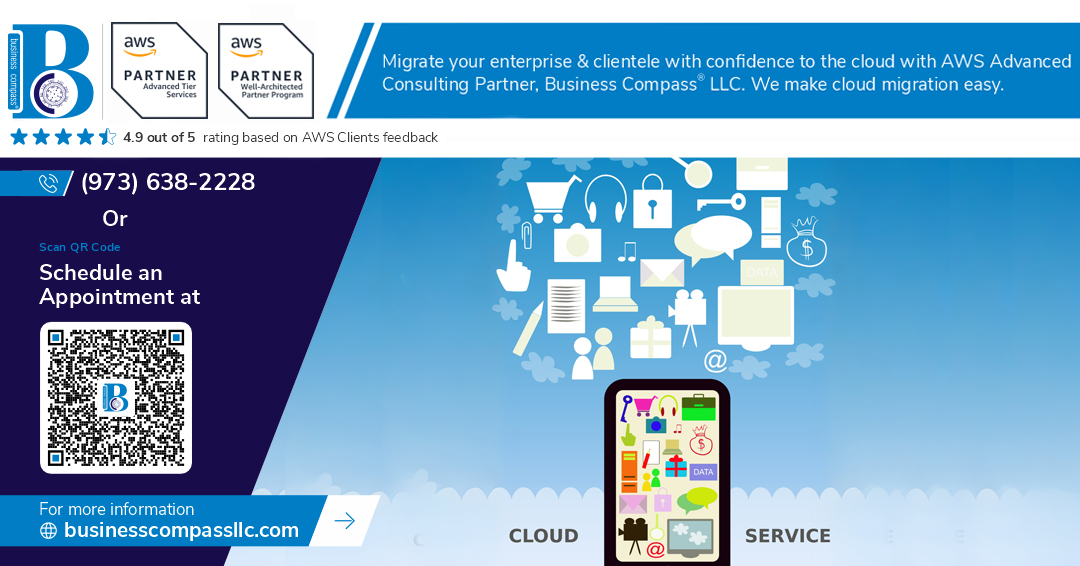Building Secure Networks with Amazon VPC: A Complete Architecture Walkthrough
Introduction to Amazon VPC
Amazon Virtual Private Cloud (VPC) is a logically isolated section of the AWS cloud where you can launch AWS resources in a virtual network that you define. It gives you full control over your network setup, including:
IP address ranges
Subnets
Route tables
Network gateways
Security settings
Key Building Blocks of a Secure VPC Architecture
1. CIDR Block Planning
Choose an appropriate CIDR range (e.g., 10.0.0.0/16) to avoid overlap with on-prem or other VPCs.
Plan for subnet segmentation by reserving smaller CIDR blocks.
2. Subnets
Public Subnets: For internet-facing services like ALB, NAT Gateway.
Private Subnets: For databases, internal services.
Isolated Subnets: No route to the internet—used for critical data.
3. Internet Gateway (IGW)
Needed for outbound traffic from public subnets to the internet.
4. NAT Gateway
Allows outbound internet access for private subnets while blocking inbound connections.
Deploy in a highly available setup across multiple AZs.
5. Route Tables
Define traffic direction.
Associate public subnets with a route to IGW.
Associate private subnets with a route to NAT Gateway.
Enhancing Security: Network Controls and Identity
1. Security Groups
Stateful firewalls attached to resources.
Allow only necessary inbound/outbound traffic (e.g., HTTP, HTTPS, SSH).
2. Network Access Control Lists (NACLs)
Stateless filtering at the subnet level.
Add a layer of defense by controlling ingress/egress at the subnet boundary.
3. VPC Flow Logs
Capture information about IP traffic going to and from network interfaces.
Send to Amazon CloudWatch or S3 for monitoring and analysis.
4. PrivateLink & VPC Endpoints
Securely connect to AWS services without traversing the internet.
Supports service-to-service communication within AWS securely.
Sample Architecture Design
Scenario: Multi-Tier Web Application
Public Subnet: Hosts Application Load Balancer (ALB).
Private Subnet: Hosts EC2 instances (App tier) and RDS (DB tier).
NAT Gateway: Deployed in public subnet for EC2 outbound access.
ALB: Routes traffic to EC2 based on path-based routing rules.
RDS Subnet Group: Located in private subnets with no direct internet access.
High Availability Strategy:
Distribute subnets across at least two AZs.
Deploy NAT Gateways in each AZ for redundancy.
Use Auto Scaling Groups with health checks behind the ALB.
Monitoring and Logging
Enable CloudTrail: Track all API activity.
Use AWS Config: Monitor resource configurations for compliance.
Set up CloudWatch Alarms: Trigger alerts on metrics like CPU, memory, and VPC anomalies.
Testing and Validation
Perform port scans and penetration tests (with AWS permission).
Validate that:
No unintended open ports exist.
Private instances cannot be reached directly from the internet.
Logging is capturing all relevant activity.
Best Practices Summary
Use least privilege principle in Security Groups.
Disable public IP assignment for private subnet instances.
Deploy multi-AZ resources for fault tolerance.
Encrypt traffic and data at rest using KMS.
Regularly review access logs and VPC Flow Logs.

Comments
Post a Comment